Today is Thanksgiving Day on the ship. We are having a specialThanksgiving Dinner tonight, and everyone is looking forward to it.
Japan was our last foreign port, next stop Hawaii. Hawaii will be a perfect port for us--they all speak English, take American money, have beautiful scenery, no malaria, no rabidmonkeys, safe food and water, drive on the right side of the road, have a warm climate, and are friendly to Americans...What more couldwe ask? An Anthropologist on the ship actually complained that we aregoing to Hawaii because it is too ordinary. If Hawaii is ordinary, I have a very high tolerance for ordinary. I can't wait.
We cross the International Dateline on Saturday, so have 2 November28s in a row. We have been moving the clocks forward, an hour a night here and there, to keep up with local time, thus losing an hour's sleep each time. Saturday we get all that time back all at once. Going around the world the other way would have given us extra hours and more sleep. Then, I guess, we would lose a day at the InternationalDate Line. I would be happy to lose a day to gain sleep--so next timeI believe I will go around the world the other way.
Japan surprised me. I hadn't realized that I had so much bias against the Japanese in my head from all of the World War II stories about how badly the Japanese treated our troops. Unknowingly, I expected to see an enemy. What I saw was very gracious, friendly, helpful, honorable (no one even jaywalks), individuals, most of whom weren't even born in time for WW II. If any of us even looked puzzled, a Japanese person would immediately try to help us, even though he or she most likely did not speak English. One student said she and a few students were on the street, trying to figure out how to get to a particular place. Two Japanese students, who spoke no English, came up to offer help. Our girls showed them the place on the map where they wanted to go. The Japanese girls led them there--a 20 minute walk in the opposite direction from where the Japanese girls had been headed. We all havesimilar stories.
The streets are immaculate, yet have no trash cans. They literally generate no trash. I put what little I had in my purse to throw awayon the ship.The trains are immaculate, too, and run precisely on time, and go anywhere you want to go. Just as in China, no one hassled us to buy anything--a good thing because we couldn't afford much. Prices arejust as high as we had heard. Most people we know who had been to Japan said the prices actually had not risen, so perhaps that was a sign that the World Wide recession has reached here. Another sign ,according to friends who had lived in Japan, were the neat boxes with tarps over them under some bridges where a few homeless people had setup residence. Neatly lined up outside the box were their little Japanese shoes. Contrast this picture with the large shanty towns in Ghana, South Africa, and India, where dirt and trash were strewn all over the place, and anything left outside would be stolen immediately.
The Japanese people are all gentle, neat, and honest to the core. We were told before we arrived that in Japan no one would pickour pockets, try to rob us of anything, take advantage of us in any way, and would always be helpful. We were told never to take a taxi because, even though they have meters and what you see is what you are charged, the price is too high--a $100 or $150 for a cab ride right in the same town, but to take the trains where you could go anywhere quickly in town for about 65 cents.
On our second day in Kobe, Japan, we went with our friend and Asian expert on the ship, James Godfrey, and 7 other ship friends, to thetown of Hamidge (don't hold me to that spelling--I am sure it is wrong) by train from Kobe. We got there in about an hour and then walked close to a mile through town to the Hamidge Castle, built for a powerful War Lord in 1650. The place was huge and beautiful and white. I walked up and up with everyone until I finally gave out and waited on a bench while our group walked up the last steep steps way up to the tallest tower. Picture walking up a tall lighthouse on steps 2 feet steep and only 4 inches deep.Those Samurai soldiers guarding the fort were some very strong fellows even if just from going up and down all the steps all the time.While I waited at the bottom, a group of middle aged Japanese tourists arrived back down from the tower and headed for my bench. I moved over to makeroom for two very tired women. The man with them pulled out some chocolate candy for the women and gave me some too.Caffeine and sugar--just the thing I needed! We had lunch in the town and looked in a few shops before taking the train back to Kobe and our ship. Rob and I walked back to the shipwith James, our leader. We stopped at a Baskin-Robbins where Rob got ice-cream cones for James and himself and spent the very last of our Japanese yen. I didn't want ice-cream; I got a coca-cola--caffeine and sugar, remember. R
Rob prides himself on leaving every port with only the coins he is taking back for grandsons. In Mauritius, the extra money would have been useless because no place else in the world accepts or exchanges Mauritian dollars.
Rob and I also had a good time in Yokohama, a city of about 7 million on the coast south of Kobe. We went to a botanical garden inYokohama which was very nice. We went on this particular outing with two other couples from the ship, one of whom, Sandra and Colin White had lived in Japan for five months. We all took a city bus there and back and wound up in China Town for lunch. Then we went our separate ways, doing as we pleased as we walked back to the ship from ChinaTown. We wound up in a lovely park beside the harbor where we took pictures of our ship.
Now it is our second November 28 and we have a big fund-raisingauction for Semester at Sea --scholarships and such. A an off-seasonweek at our beach house is our donation to the cause. Lots of vacationhomes are among the items up for bids, places ranging from Lake Tahoe, several in Colorado, a week in a luxury Paris mansion complete with a chef and maid--air fare is included, a week in a house in a village in the Check Republic. I hear that one year a student paid $3,000 for the Captain's hat. My favorite is bedtime stories read by Dr. Dave. We have children on the ship, but I bet a student gets it--everyone likes Dr. Dave.
- From Ellen
- Rob and I are going around the world on the 100th voyage of Semester at Sea. We board our ship, the MV Explorer, a floating college campus, in Norfolk, VA on August 24 with the rest of the 30 faculty members and their families. We arrive in our first port, Hallifax, Novia Scotia, on August 27 where 650 college students from 250 colleges and universities come on board to begin their Semester at Sea, for which they earn credit toward their bachelors degrees. When you are on the Interactive map, you can click on each port to see when we are there and see information about each port.
Monday, November 30, 2009
Subscribe to:
Post Comments (Atom)

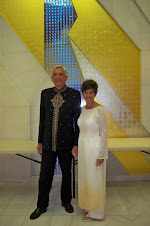
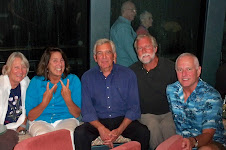
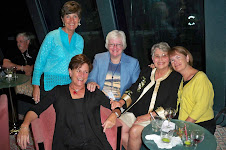
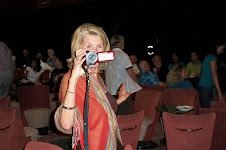
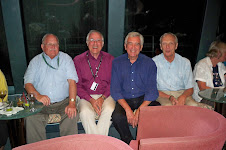
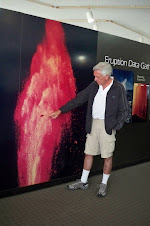
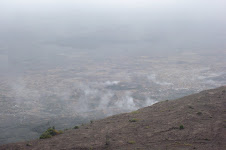
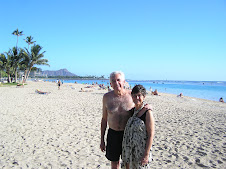
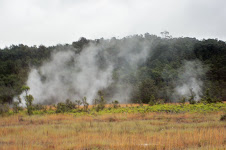
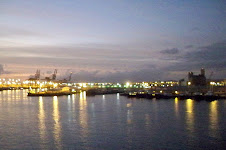
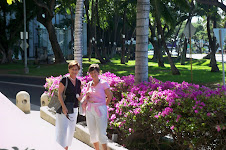
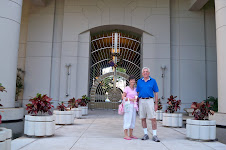
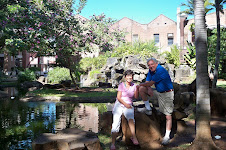
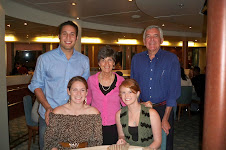
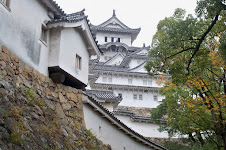
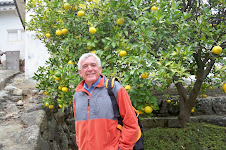

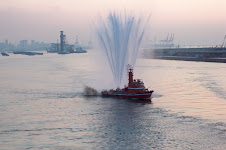


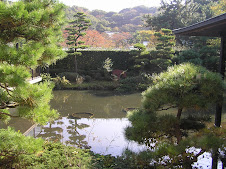
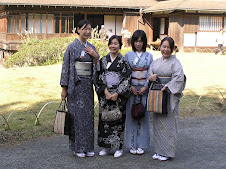
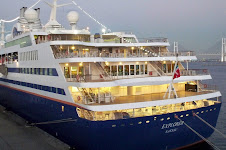
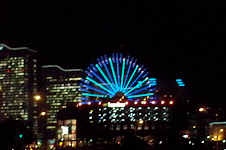
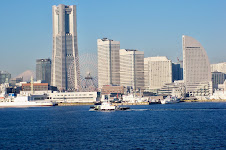
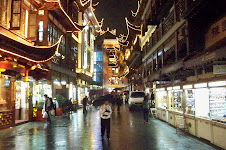
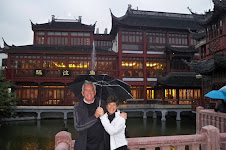
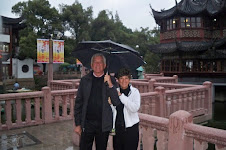

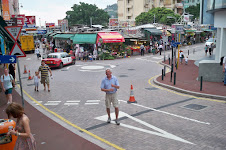
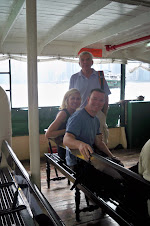
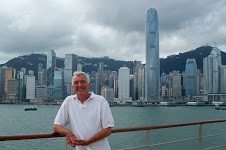
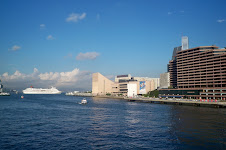
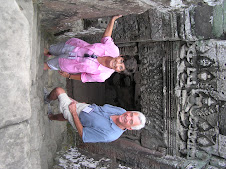

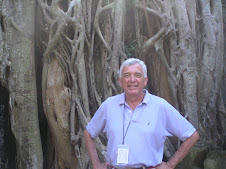
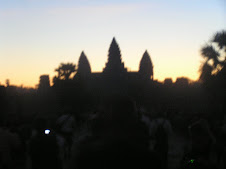
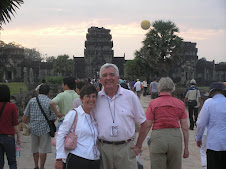
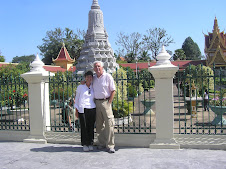
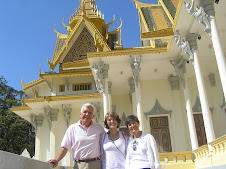
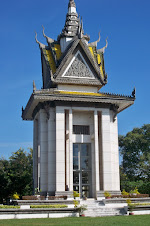

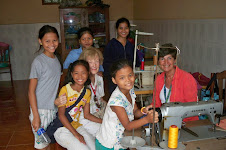
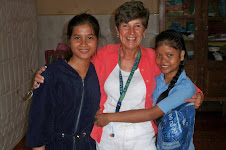

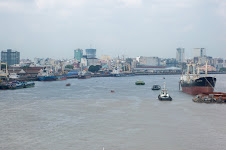
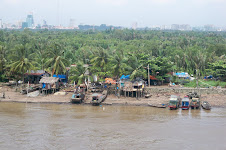
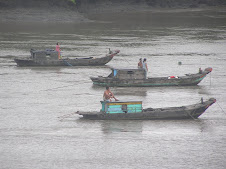
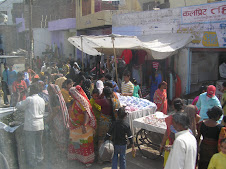
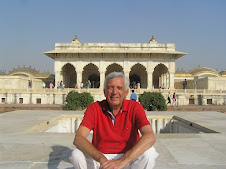
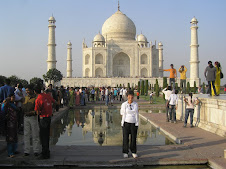
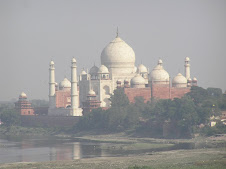
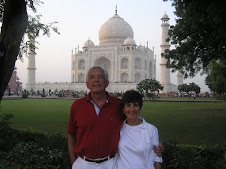

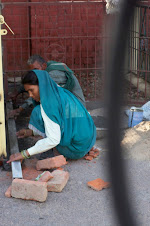
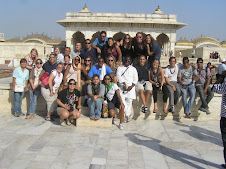
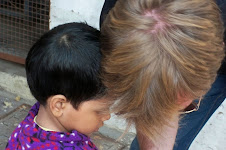

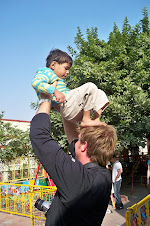
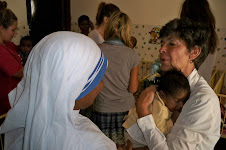
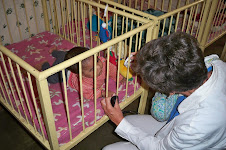
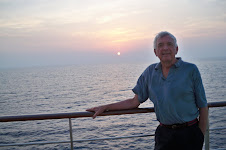
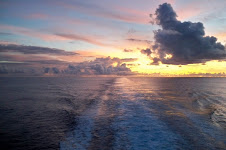
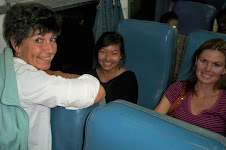

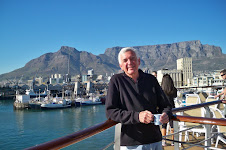
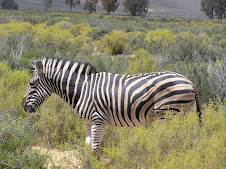
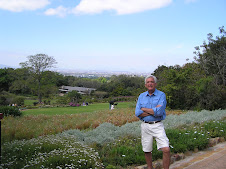
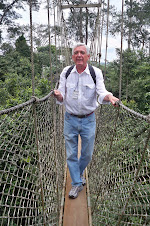
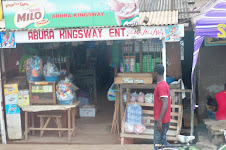
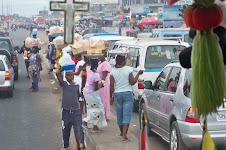
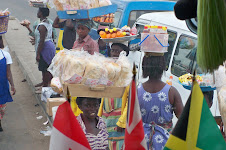
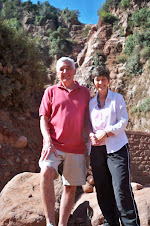
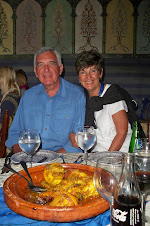
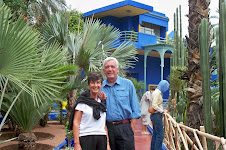

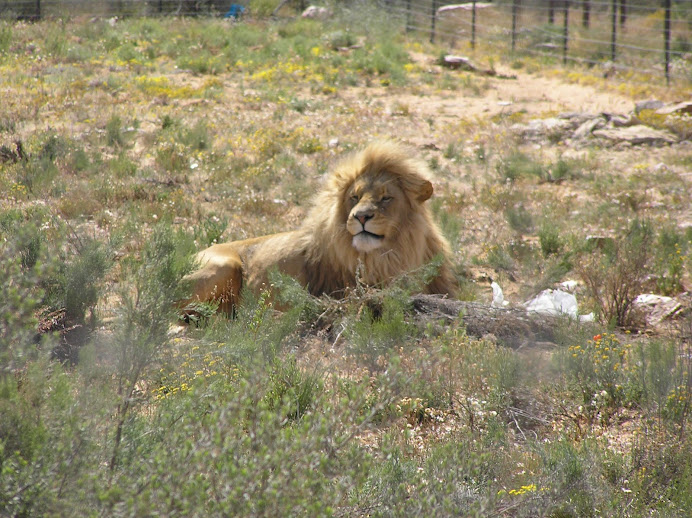
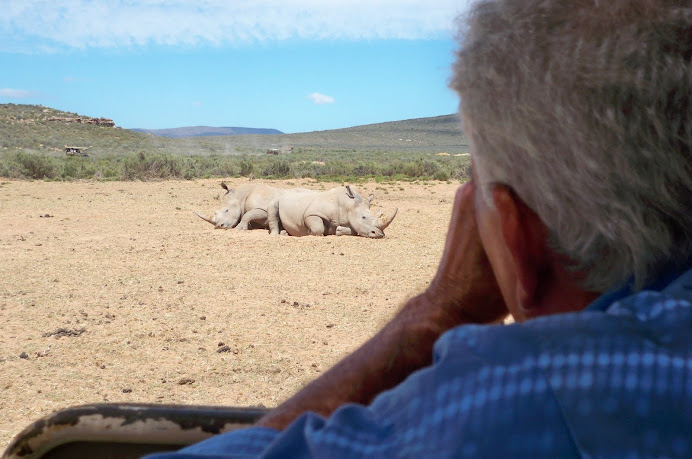

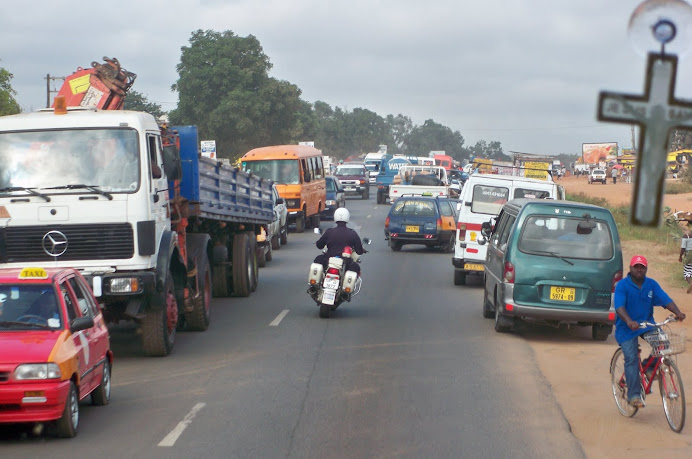

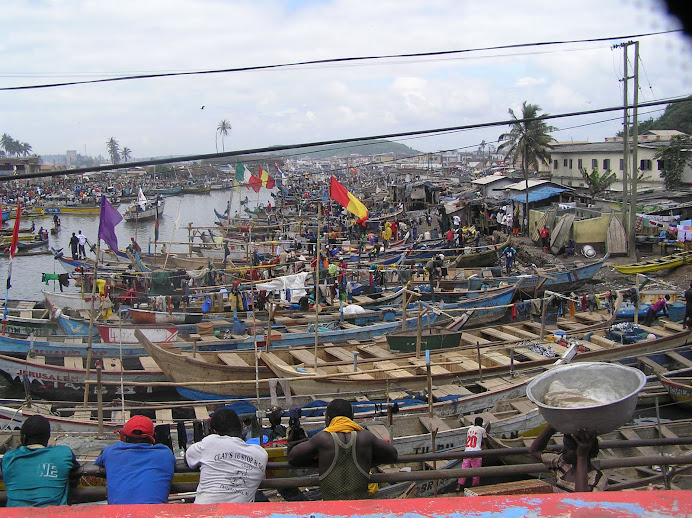
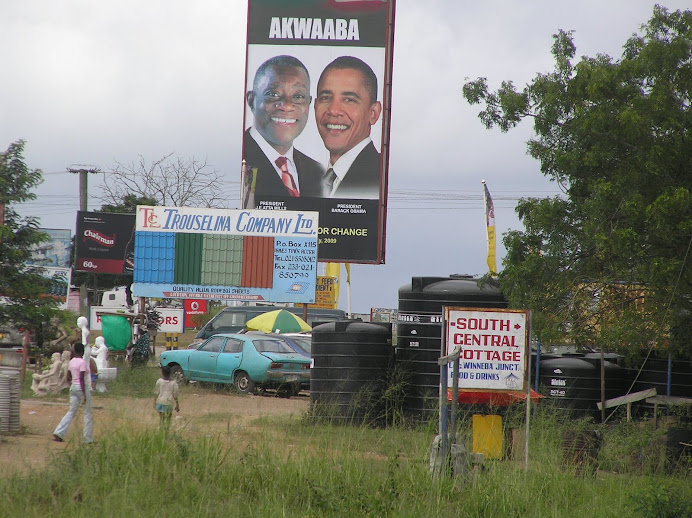
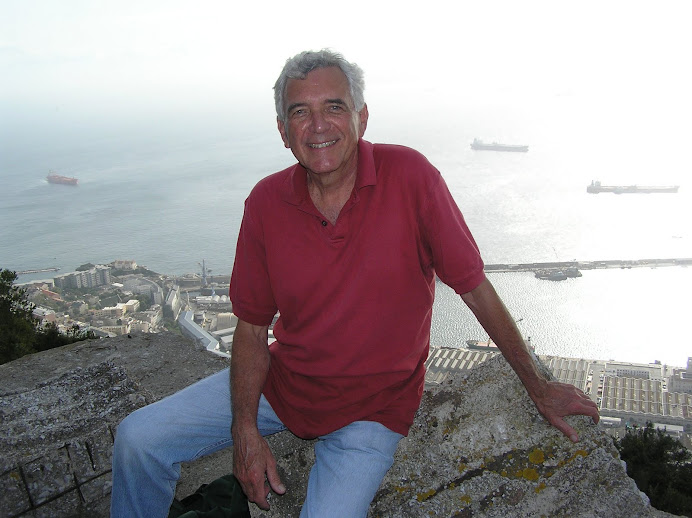

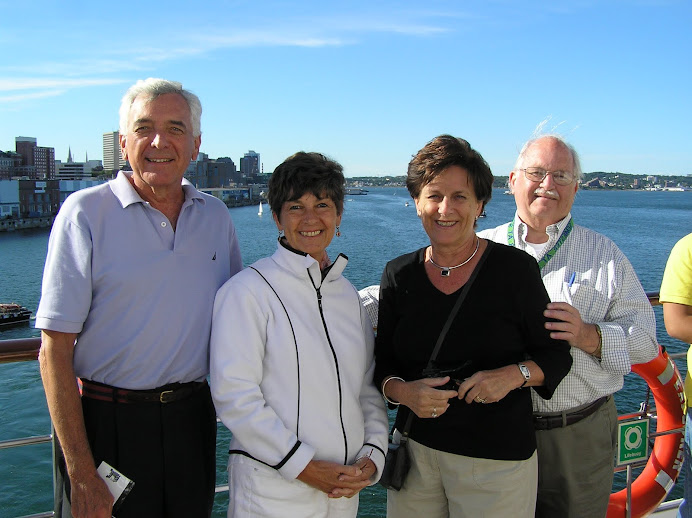
No comments:
Post a Comment